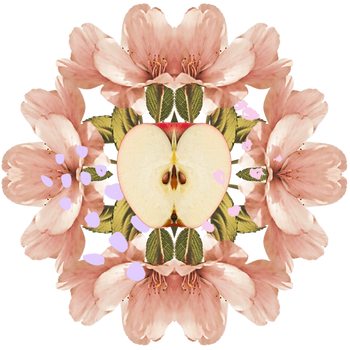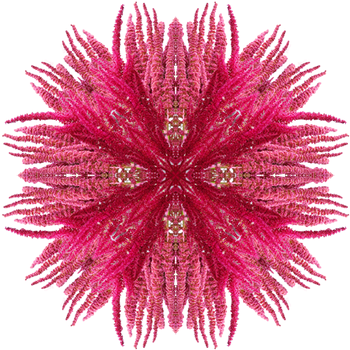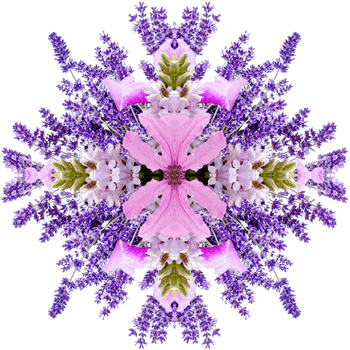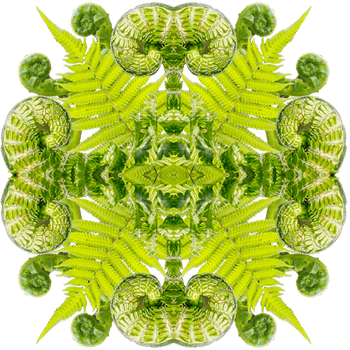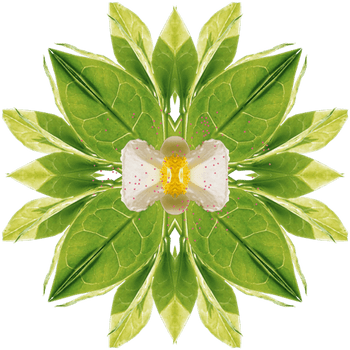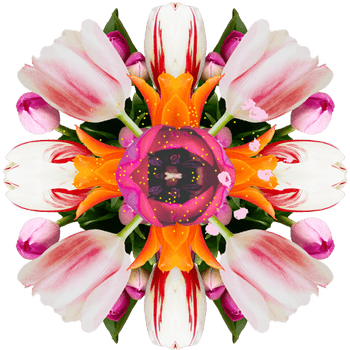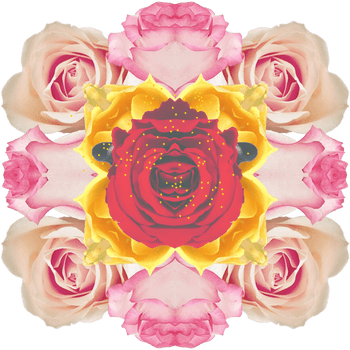Pansy
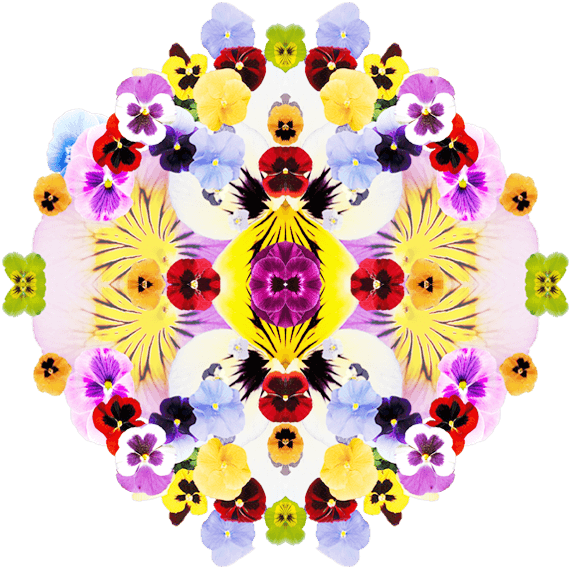
A plant of identity and protest. Historically, ‘pansy’ has been used as a derogatory term for gay men - one of several horticulturally derived slurs. Over time, the name has been reclaimed as a celebration of diversity and sexuality: throughout the 20th century numerous freethinking movements have used the term, including the drag ball scene of 1920s - 1930s New York, in which performers were referred to as ‘pansy performers’ because of their colourful clothing.
The story
Origins
The familiar, showy modern pansy was first bred in the mid-19th century, principally from the wild pansy, or 'heartsease', a jaunty interloper in European grain fields. In Roman folklore, one of Cupid's mistimed arrows hit one of these wild pansies, bestowing on them the mythical ability to induce love. In Shakespeare's A Midsummer Night's Dream, the King of the Fairies squeezes juice from the flower onto Titania's eyes while she slept, so that she would fall in love with the ass-headed Bottom.
The pansy make up
Everyone knows a pansy. Cheerfully dishevelled members of the violet family, they are queens of the window box and the cool herbaceous border. Seldom above ankle-height, pansies are known for their floppy five-petalled flowers, each the size of a child's hand and with a signature dark central blotch. Their velvet nap intensifies the petals' colours and repels raindrops, causing them to sputter and sparkle.
Reclaiming the pansy
Possibly because of its resonance with the word 'nancy', which had been used since the 17th century to describe 'effeminate' men, in the 1920s 'pansy' began to be used as an insult towards men who were flamboyantly gay.
Occasionally the term was used in a more positive light within the gay community itself and in the last decade, the flowers themselves have come to symbolise plucky, showy diversity of gender and sexuality more generally. It seems so fitting that pansy flowers, which are edible, add splashes of welcome colour to a salad that might otherwise be uniformly green and humdrum.
Protest
Some pansies have been bred to be white and purple, colours which alongside the green of the stems were adopted in the early 20th century by women campaigning for the right to vote. Recently, pansy badges and brooches in those colours have been worn to celebrate the suffragette movement.
Explore More
Want to delve deeper into the world of trees and plants?
Check out author Jon Drori's beautifully illustrated works, Around the World in 80 Trees and Around the World in 80 Plants - intertwining botany with history, culture and folklore. Both are available from all booksellers or via Jon’s website. Jon has very kindly offered a 25% discount with the voucher code 80JONDRORI.
Listen to original music by Meesha Fones, alongside spoken text by Jon Drori created in response to the Pansy, Iconic Plant and commissioned especially for PoliNations. Narration by Jade Samuels. To listen to the music by itself. click the link further up the page.
